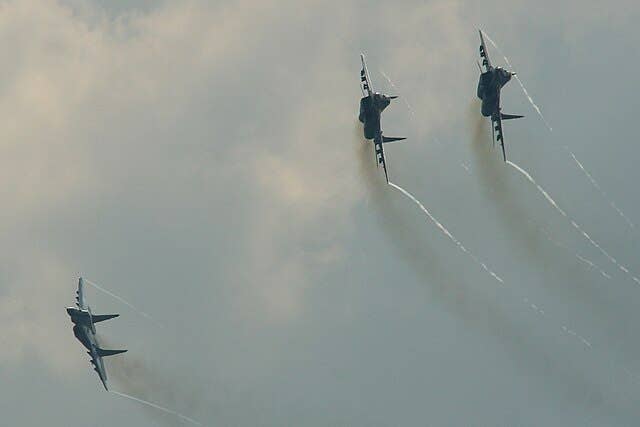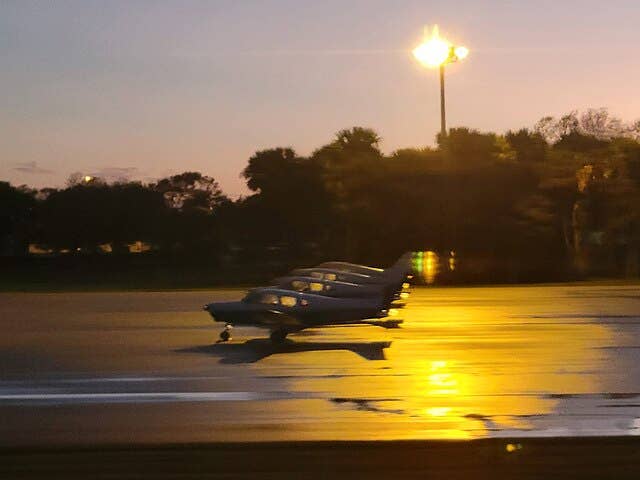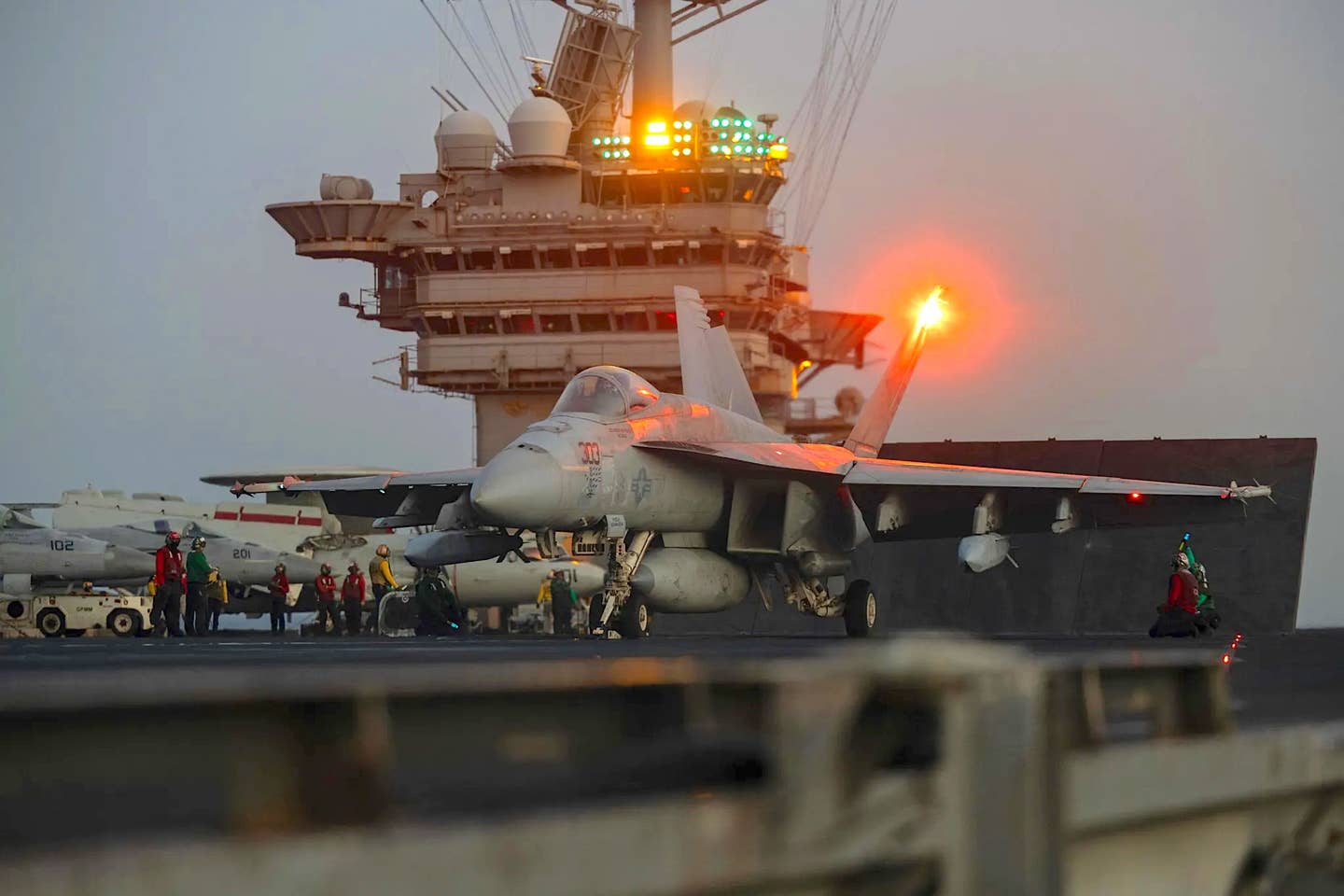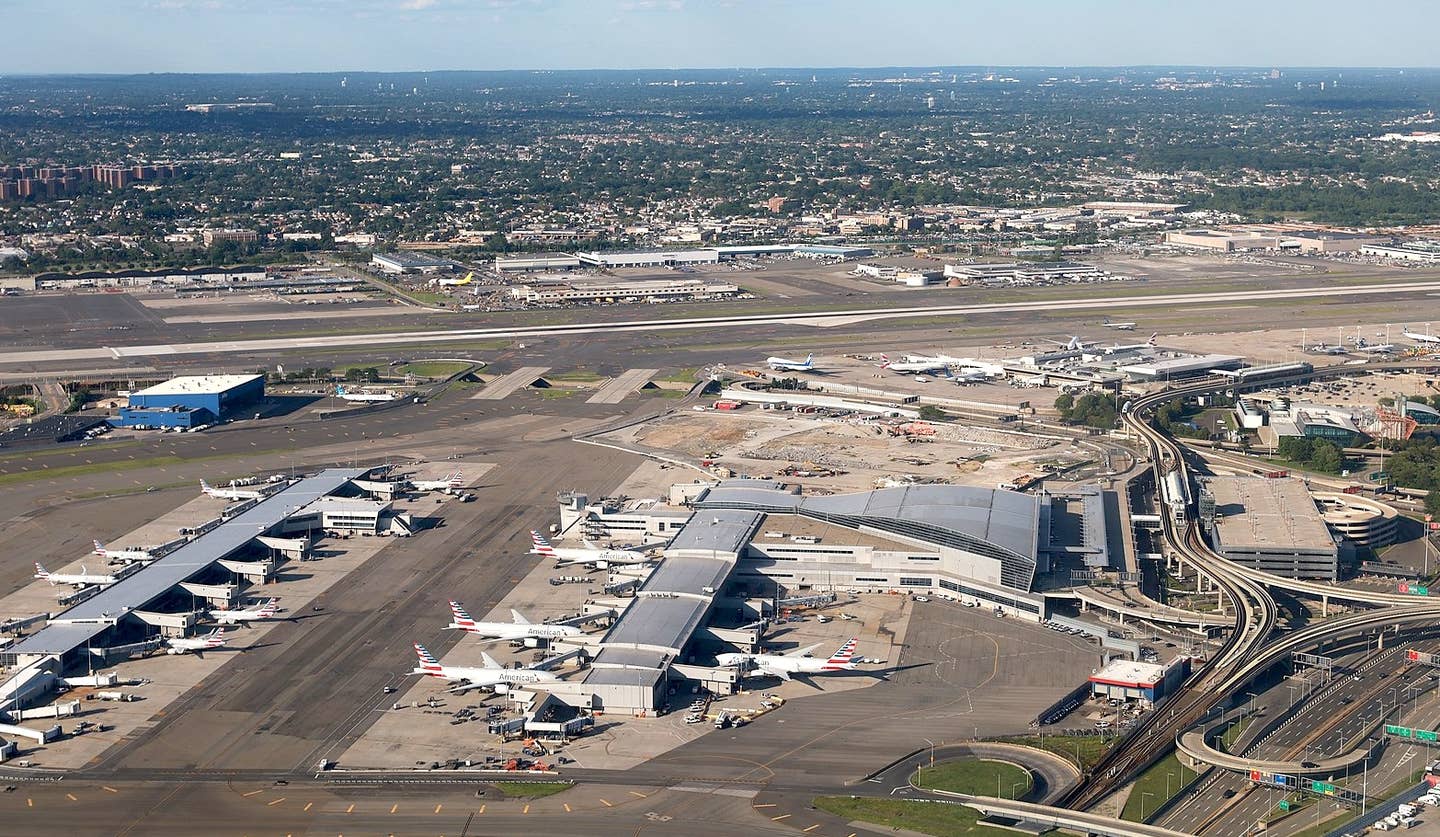Safety Summit Calls For ‘Vigilance’ In Light Of Close Calls
Aviation leaders representing a broad spectrum of industry activity were told to go back to their worlds and try to identify what they can do to make the system even…
Aviation leaders representing a broad spectrum of industry activity were told to go back to their worlds and try to identify what they can do to make the system even safer after an FAA-sponsored "safety summit" in Virginia on Wednesday. Speaker after speaker mentioned the current period of remarkable safety for commercial aviation against the backdrop of some potentially catastrophic runway incursions at airports all over the U.S. in the last few months. They followed a period in which 10 of the last 12 years have been free of fatalities and the "close calls" that prompted the summit are a reminder of the continued need for vigilance. "The absence of a fatality or an accident doesn't mean the presence of safety," said NTSB Chair Jennifer Homendy.
The call to action by government representatives was met by a few pointed requests from the groups, who are now being asked to comb the data to see what might point to the uptick in incidents, particularly at airports. Several of those taking part in a panel discussion moderated by former NTSB Chair Robert Sumwalt called for a more predictable and reliable funding model for the FAA. They also called for more attention on topping up staff-short sectors while training and refreshing the skills of the gamut of frontline workers who are shaking off the pandemic slump and rebuilding the industry. The only general aviation representative on the panel was NBAA President Ed Bolen, who called the summit "a call to vigilance."
The meeting was held as Washington media were reporting the seventh major incident involving airliners, this time at Reagan National Airport. The crew of a Republic Airways apparently got mixed up while taxiing and crossed the wrong runway. A United flight was on the roll as the regional crossed the runway and a controller canceled its takeoff clearance. The FAA and NTSB are both investigating.






